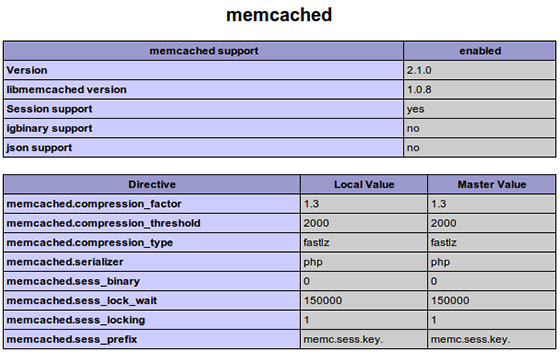
In this tutorial, we will show you how to install Memcached on CentOS 7. For those of you who didn’t know, Memcached is a system daemon that allows you to cache information on RAM memory, this allows you better app speeds and avoids bad performance on your dedicated or VPS server. It is very useful for optimizing dynamic websites and enabled speed by caching objects in memory.
This article assumes you have at least basic knowledge of Linux, know how to use the shell, and most importantly, you host your site on your own VPS. The installation is quite simple. I will show you the step-by-step installation Memcached on CentOS 7 server.
Prerequisites
- A server running one of the following operating systems: CentOS 7.
- It’s recommended that you use a fresh OS install to prevent any potential issues.
- SSH access to the server (or just open Terminal if you’re on a desktop).
- A
non-root sudo useror access to theroot user. We recommend acting as anon-root sudo user, however, as you can harm your system if you’re not careful when acting as the root.
Install Memcached on CentOS 7
Step 1. First of all, make sure that all packages are up to date.
yum -y update
Step 2. Install Memcached.
Execute the following commands to install Memcached:
yum install memcached
Now start Memcached services and add it to automatically start on your system start-up using:
systemctl enable memcached systemctl start memcached
Step 3. Configuration Memcached.
The default configuration Memcached file can be found at:
nano /etc/sysconfig/memcached
When started, Memcached will start on port 11211 by default per the default configuration file, Example Following configuration use 512 Mb memory:
PORT="11211" USER="memcached" MAXCONN="1024" CACHESIZE="512" OPTIONS=""
Exit and save the configuration file, and then restart Memcached:
systemctl restart memcached
Step 4. Configure Iptables for Memcached.
Open Memcached Port (11211) on Iptables Firewall:
firewall-cmd --permanent --zone=public --add-port=11211/tcp
Installing Memcached PHP Extension
Now we install the PHP Memcached extension by typing:
yum -y update yum -y install php-pecl-memcache
Now, we can restart Apache so that the changes take place:
systemctl restart memcached systemctl restart httpd
To test PHP, create a test file named info.php with the content below. Save the file, then browse to it to see if PHP is working:
nano /var/www/html/info.php
<?php phpinfo(); ?>
Try to access it at http://your_server_ip/info.php. If the PHP info page is rendered in your browser then everything looks good and you are ready to proceed further.

Congratulations! You have successfully installed Memcached. Thanks for using this tutorial for installing Memcached in CentOS 7 system. For additional help or useful information, we recommend you to check the official Memcached website.